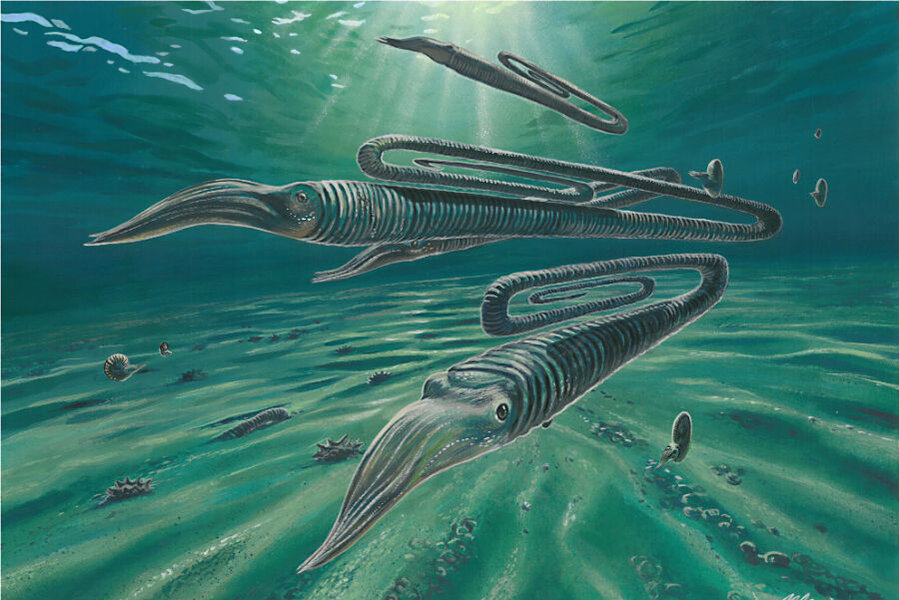Antarctica wasn't a dinosaur refuge, after all, study argues
Loading...
Scientists have long hypothesized that Antarctica could have provided something of a refuge for life on Earth as the dinosaurs were being wiped out all over the world, sheltering organisms somewhat from a catastrophic event closer to the Equator that could have sparked the dinosaurs' downfall.
But new research spanning six years, published Thursday in Nature Communications, refutes that theory for the first time, suggesting instead that the polar regions suffered an equally abrupt and brutal assault.
This in turn supports the theory that the dinosaurs met their demise at the hands of a sudden, cataclysmic episode, such as an asteroid impact, rather than a more gradual shift due to volcanism or climate change.
"These Antarctic rocks contain a truly exceptional assemblage of fossils that have yielded new and surprising information about the evolution of life 66 million years ago," co-author Jane Francis of the British Antarctic Survey (BAS) said in a press release. "Even the animals that lived at the ends of the Earth close to the South Pole were not safe from the devastating effects of the mass extinction at the end of the Cretaceous Period."
Researchers from the University of Leeds, England, as well as from BAS, studied more than 6,000 marine fossils from Seymour Island in the Antarctic Peninsula, ranging in age from 69 million to 65 million years old. The sample comprises one of the richest fossil records of its kind anywhere on the planet, including a wide range of ocean-dwelling organisms from small snails all the way up to giant reptiles such as Mosasaurus, as featured in the film "Jurassic World."
What the scientists discovered was a 65 to 70 percent drop in the number of species inhabiting the Antarctic about 66 million years ago, just when dinosaurs and many other groups disappeared.
Drawing definitive conclusions from the dinosaur fossil record itself can be difficult, but the team argues that marine fossils provide a much more thorough picture in terms of quantity and biodiversity, strengthening their findings' significance as evidence of a cataclysmic event that led to the Cretaceous-Paleogene, or "K-pg," mass extinction.
"Most fossils are formed in marine environments, where it is easy for sediment to accumulate rapidly and bury parts of animals, such as bones, or bodies of creatures with a hard shell," explained lead author James Witts, a PhD student in Leeds University's School of Earth and Environment. "For a dinosaur or other land animal to become fossilized, a series of favorable events are needed, such as for bones to fall into stagnant water and be buried rapidly to prevent decomposition, or be washed out to sea by rivers."
Prior to this research, one prevalent theory had held that the poles might have been a haven, far enough from the cause of the dinosaurs' extinction not to be dramatically affected – whether that event was an enormous asteroid striking the Gulf of Mexico, where a giant impact crater sits buried beneath the waves, or extreme volcanism in India.
It was also thought that polar regions' species might have had deeper resilience to the climatic upheaval following that initial event, since life there demands they adapt to extreme conditions, including darkness for half the year and an irregular food supply.
The marine fossil record from Seymour Island "reveals that, contrary to all previous studies, there was a single, abrupt extinction at the end of the Cretaceous at this location," the authors conclude. "Our results support the idea that a sudden event such as the Chicxulub bolide impact and associated rapid environmental deterioration was the most probable cause of the K–Pg mass extinction."








